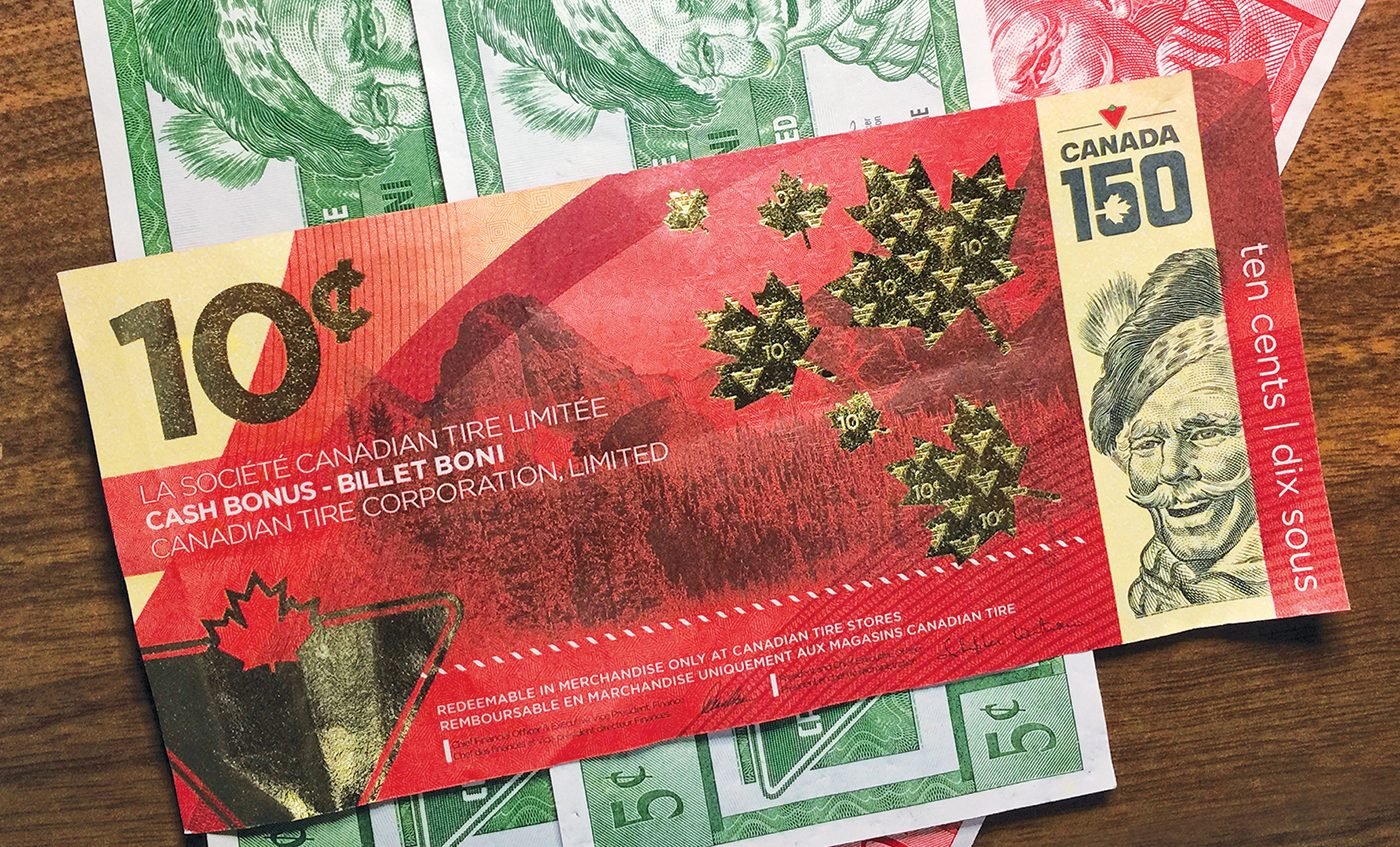The truth about St. Patrick
St. Patrick is one of the most well-known saints because his special day has become such a cause for celebration, but most people don’t actually know a lot about him. One shocking tidbit: even though he’s so strongly associated with Irish culture and symbolism, he wasn’t actually born in Ireland. In fact, he was born in Roman Britain in the late fourth or early fifth century. (Here are more historical facts that are actually false.) As a boy, he was taken to Ireland as a slave.
Because it was so long ago, some of the details of his life are a bit fuzzy and the story varies depending on the source. But according to many versions, he eventually escaped but would return to Ireland years later and become a priest, and then a bishop.
He was largely credited for bringing Christianity to Ireland and helping to convert many of the country’s residents to the religion.
A man of many myths
For some reason, St. Patrick became a magnet for mythology and creative tales over the years. He was credited with everything from driving the snakes out of Ireland to starting an Easter bonfire that could never be extinguished and still burns somewhere in Ireland to this day. Of course, along the way he also somehow became linked to shamrocks, the colour green, and a host of other symbols and traditions we now associate with St. Patrick’s Day.
By today’s standards, he doesn’t even meet the criteria of sainthood, since he was never actually canonized by a pope. (That process didn’t even start until a few centuries after his death.) So some sticklers for details will claim that he’s not an “official” saint. While they may technically be right, he’s still the patron saint of Ireland and beloved by his adopted country.
How St. Patrick’s Day started
The first observation of St. Patrick’s Day is said to have occurred in the ninth or 10th century. It is observed on March 17 because that was believed to be the date of St. Patrick’s death. It was initially celebrated with reverence and a sort of solemn quiet, and seen more as a religious holiday. Eventually, it became a day that was celebrated with a feast. A few centuries ago, the shift toward more of a fun-filled celebration began to happen. St. Patrick’s Day fell towards the middle of Lent, but Catholics were given a one-day reprieve from the usual fasting and discipline of the season and were allowed to indulge in a wide range of food and drink, including alcohol.
The parties and parades begin
The tradition of celebrating St. Patrick’s Day with the revelry of parties and parades is widely believed to have developed in full force not in Ireland, but in the United States. Irish immigrants were eager to honour their culture and celebrate their national pride. The first St. Patrick’s Day parade in the United States was held in Boston in 1737, and New York City started a parade of its own 25 years later.
Essentially, drinking on St. Patrick’s Day was the result of two combining forces: the day of reprieve from Lenten fasting and the indulgence of partying and celebration. Today, it has become a part of secular culture and a popular tradition, one often celebrated with green beer or Irish whiskey.
Next, check out 12 fun ways to celebrate St. Patrick’s Day this year.

A Tip of the Tam to Sandy McTire
As far back as I can remember, I cherished the brightly coloured bills adorned with Sandy McTire in his tam o’shanter and stylized moustache. My dad renovated houses, and on Saturday mornings there was never a question about who would accompany him to the store to pick up more tools or supplies. But, there was always a family squabble about whose turn it was to collect the Canadian Tire money. My dad had one simple rule—if it was a whole dollar coupon it was his, otherwise it was up for debate. My love for Canadian Tire carried on. In high school, I got a job at a local Canadian Tire, and over the years Canadian Tire money funded many Christmas and birthday presents. Who could beat a Canadian Tire discount and the promise of more coupons?
As I got older and moved away from home to start my tech career, my obsession with Canadian Tire money continued. If something could be purchased at Canadian Tire, it was. And that tradition continued even when I changed jobs and cities. Whenever I moved, it seemed every moving box had loose Canadian Tire money lurking at the bottom—it followed me everywhere.
It had such notoriety that Macleans wrote about it in 2017, highlighting that there was even a Canadian Tire Coupon Collector’s Club. Apparently older Canadian Tire money has collector value. It was considered to have enough value that counterfeiters have tried to reproduce it.
The world shifted for me in 2018, when Canadian Tire launched a second loyalty program called Triangle Rewards. I’d have to say something changed for me that day when I realized the digital world might eventually gobble up my beloved Canadian Tire money. With the fate of the paper coupons so unclear, I can’t say I shop at Canadian Tire with the same gusto I used to, but I’ve accepted that this is just the way it is in the digital world.
Thanks for the great memories, Sandy McTire!
Next, take a fond look back at 10 classic TV shows that could only have been made in Canada.





